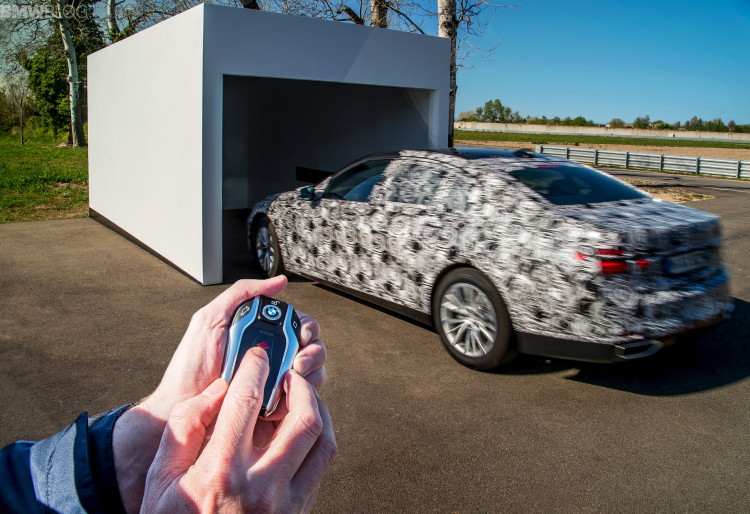BMW — A company built on the premise of creating the most engaging driving experience possible through innovation and technology. That may sound like the marketing pitch for every auto maker in the business, but for BMW it really is true. Look throughout the company’s history and you’ll see a trend of cars that are constantly pushing the boundaries of what’s possible, and in each and every one of those boundary breaking cars, technology is at the forefront.
Though as we move forward through time, BMW’s core premise is becoming harder to fulfill. Not that inventing new technologies and innovations is becoming more difficult, quite the contrary in fact. The difficult part seems to be keeping the engaging driving experience along with the technology. As cars become more and more connected, assisting and even autonomous, the interaction between man and machine is starting to numb. This isn’t BMW’s fault, or the fault of any manufacturer, but simply the demand of the times.
People want cars that can park themselves, alert them of incoming collisions, drive themselves on highways and even wake them when they’re falling asleep. This requires an incredible amount of automation, thus taking some of the control away from the driver. How can a car possibly become more engaging when less control is being given to the driver? It simply cannot. Which is the predicament BMW seems to be in.
At the moment, journalistic publications seem to be ripping into BMW’s latest sports cars for not having enough “feel” or feedback through the inputs. Electric power-assisted steering (EPAS) has numbed the famous connected steering feel which BMW was once famous for. This is fine to people with logical enough brains to accept the fact that times are changing. Yet every journalist on earth seems to hate these new setups, simply because they aren’t the old ones. Then people read this reviews of BMW’s latest sports cars, usually without driving one, and decide that BMW is no longer making proper sports cars.
However, on the flipside of the coin, if BMW were to ignore current global situations and stick with hydraulic power steering, throw out all electronic aids and remove enough sound deadening material to hear the exhaust loud and clear, customers would complain and go buy a Lexus. BMW engineers said that when calibrating the EPAS in their newer cars, giving them better steering feel is possible, but it’s not what customers want. And as much as fanboys don’t want to hear this, customer opinions and sales figures are what drive all companies, BMW included. BMW can’t listen to the millions of fanboys who beg them to make a modern E30 M3.
If you still think driving engagement will sell over all else, ask Cadillac how the ATS and CTS are doing. The two cars so commonly lauded to be superior driver’s cars to the 3 Series and 5 Series have sales figures that are not at the expected levels. Customers don’t want great “feel”, they want a luxurious driving experience, especially when paying the premium required to buy a car of BMW’s caliber.
Now, this is not to say that current BMWs aren’t engaging to drive, because that wouldn’t even be close to the truth. BMWs are very engaging to drive, even if they aren’t dripping with the feedback which once occupied the experience of the E30. Hoon an M4 and try not to smile. Go ahead, try. It might not even be possible. But with customers demanding more and more automation and electronic aids, how much longer will engaging cars last? How long can BMW blend the two realms of innovative technology and driving engagement? Being that the Bavarians have been doing it for almost a century, I’m sure they’ll figure out a way. But the road isn’t getting any smoother, as each new technology seems to serve as another bump in the road to driver engagement.







































































